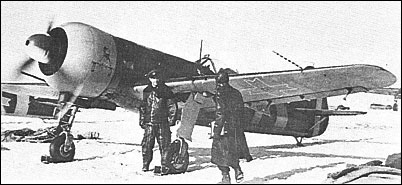You are not logged in.
Dear visitor, welcome to WesWorld. If this is your first visit here, please read the Help. It explains in detail how this page works. To use all features of this page, you should consider registering. Please use the registration form, to register here or read more information about the registration process. If you are already registered, please login here.

Quoted
The 14R was the final version of the whole 14 series, it was mainly the 14N with a 2 stage supercharger I belive.
Quoted
Originally posted by thesmilingassassin
Good point Marek.
Quoted
So there is a chance those figures are correct although there is no information on the state of the MB 157 during those test flights. Without armor, armament and much fuel, hence in light weight condition, she might have been able to reach high speeds at altitude.
Forum Software: Burning Board® Lite 2.1.2 pl 1, developed by WoltLab® GmbH
